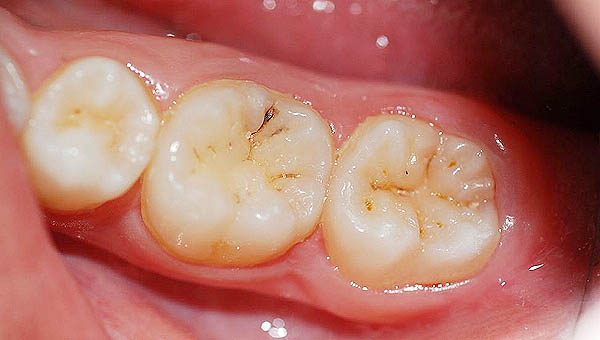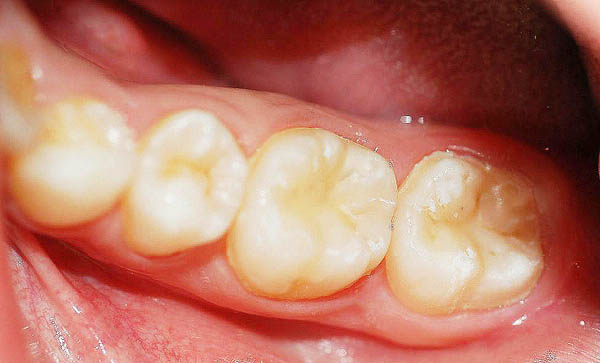
Phone: +91-9868572737
Email: motherdentalimplantclinic@gmail.com
Timings: 11.00 AM to 6.00 PM
Monday to Saturday Open
Tooth Coloured Fillings
In the past, teeth were filled with a mixture—or amalgam—of different metals. Today that is changing as more natural-looking and metal-free fillings are becoming the preferred approach. Dentists are using more tooth-like materials (composite resins and porcelains) that are both safe and predictable. The most important feature, for many people, is that they look and react more like natural teeth. Here at Mother Dental Implant Clinic in Delhi; Dr. Mahesh Chauhan and his team of dedicated dentists specialize in doing these tooth coloured fillings.
The Makeup of a Tooth
The external part of the tooth is called the enamel, which is arguably the hardest natural material produced by animals. It consists of very closely knit calcium crystals and contains no living tissue. Dental porcelains easily and efficiently imitate the enamel part of a tooth. The inner part of a tooth is the dentin, which is more porous and similar to bone. It consists of microscopic tubes of collagen with calcium crystal deposits. Dentin is living and very sensitive. Feeling in the dentin is transmitted through the pulp, or nerve tissues, in the very center of the tooth. To mimic the natural dentin in the teeth, today's dental composite resins are common in non-amalgam fillings. These composites are made of a plastic resin and silica filler.
Bonding
Metallic fillings or amalgams could not bond with the tooth; they merely rested on it and provided a degree of protection. Today, so much more is known about the interface between dentin and enamel and the bond created between these two natural products. This has led science to discover new ways of bonding fillings to teeth to create a stronger, more protected connection and also more comfortable fillings.
Rebuilding Teeth
Restoring teeth—or literally rebuilding them successfully—depends on a good bond between resin materials and both the enamel and dentin. Restorative dentistry recreates a tooth that not only looks natural but responds naturally too, allowing bite stress to pass through the tooth while receiving biting force.
Using Nature as a Guide
In the past, dentistry focused on creating "stronger" teeth by using very durable, rigid materials to replace decayed or damaged teeth. These rigid materials actually contributed to further decay by allowing additional decay and cracking to occur. Today, dentistry uses nature as a guide by constantly looking for materials that more closely mimic teeth in form and function. It is a combination of art and science that takes into account the action of the tooth being restored and its internal shape. A tooth, or portion of a tooth, is then recreated using materials that respond as a healthy tooth would.
Dentin Build-Up
This is simply the layering of resin to fill any voids and recreate the original tooth's shape. One problem with metal or amalgam fillings is that they need undercuts to hold them in place. The use of undercutting removes some of the healthy tooth and can lead to weakening and future cracks. Resin dentin build-ups don't have this problem.


Before Treatment
After Treatment

